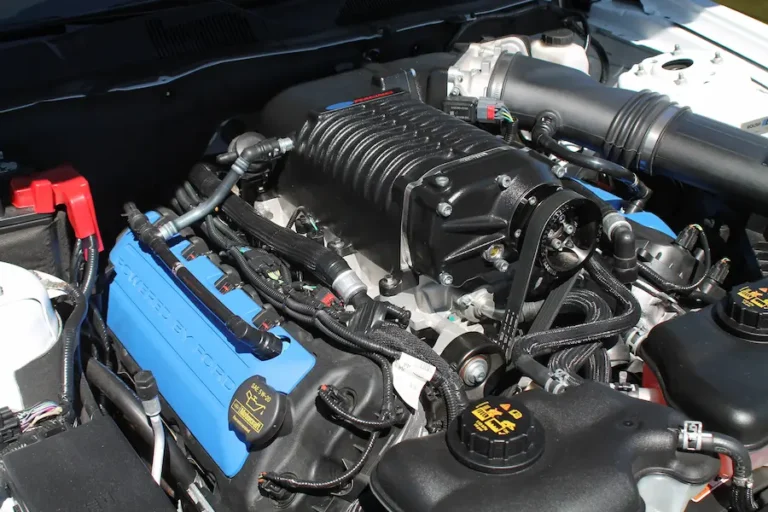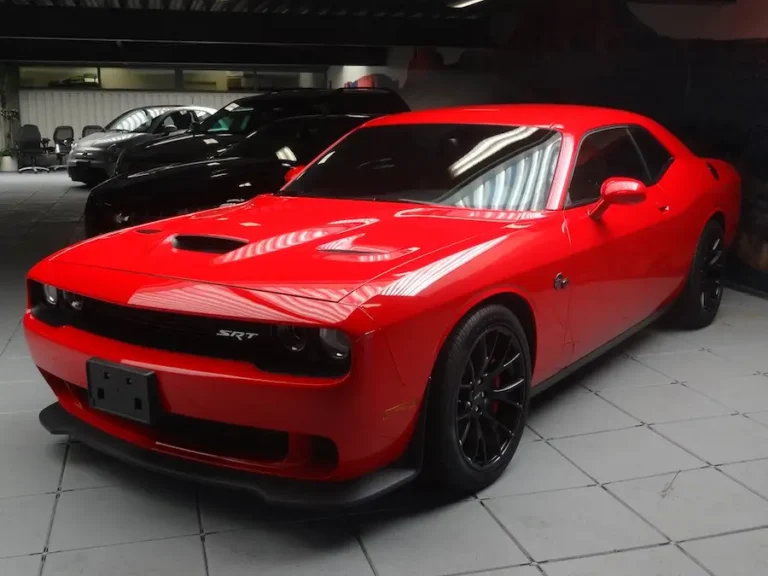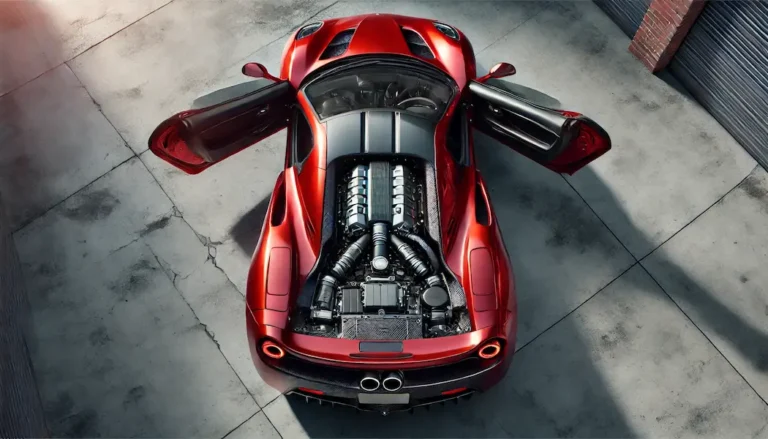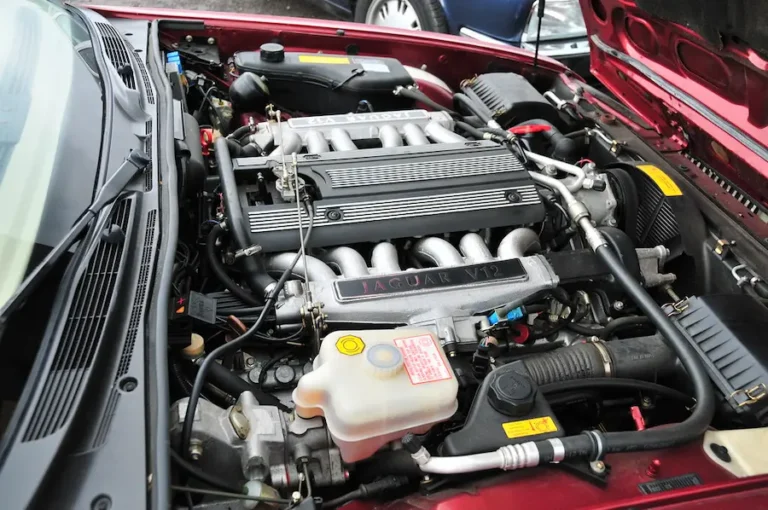Cars with Jet Engines: An Exciting Dive into Speed and Innovation
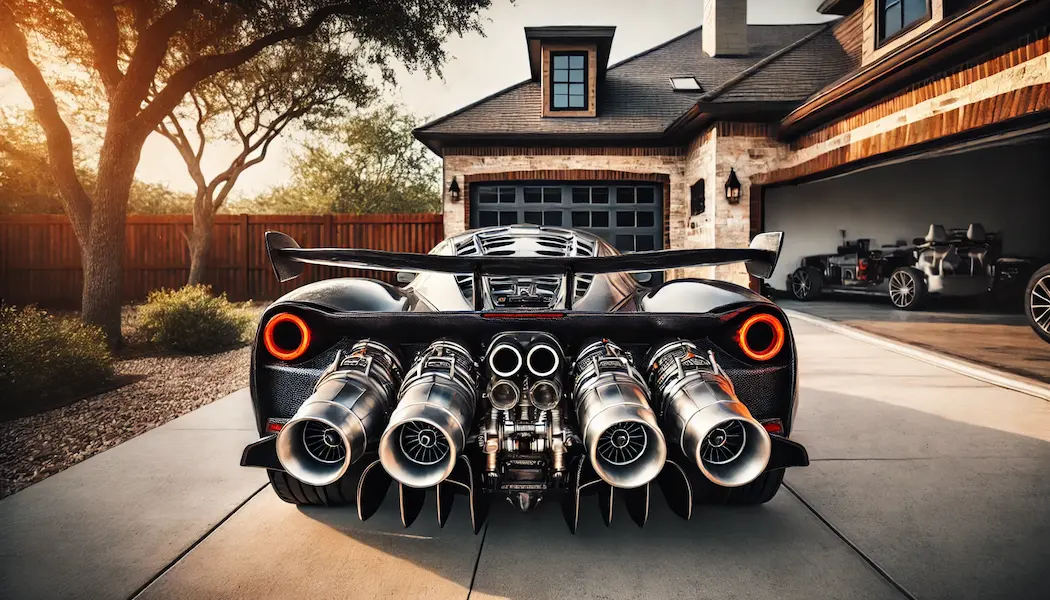
Have you ever wondered how fast a car could go if it had a jet engine? It’s not just a fantasy! Some amazing cars with jet engines achieve incredible speeds. In this article, we will explore the fascinating world of cars with jet engines, their history, some famous examples, and the challenges faced in creating these incredible machines.
History of Jet Engines in Cars
The idea of putting jet engines in cars started in the mid-20th century. Engineers and car enthusiasts wanted to push the limits of speed and performance. They decided to experiment with jet engines, which are much more powerful than regular car engines. This led to the creation of several unique and record-breaking vehicles.
Famous Jet-Powered Cars
Thrust SSC
One of the most famous cars with jet engines is the Thrust SSC. This car set a world land speed record in 1997 by reaching an incredible speed of 763 mph. The Thrust SSC is powered by two Rolls-Royce Spey jet engines, which are the same engines used in fighter jets. This car was the first to break the sound barrier on land, making it a legendary vehicle in the world of jet-powered cars.
Bloodhound LSR
Another amazing jet-powered car is the Bloodhound LSR. This car aims to break the existing record set by the Thrust SSC. The Bloodhound LSR combines a jet engine with a rocket engine to target speeds over 1,000 mph. This car represents the pinnacle of modern engineering and speed innovation, showcasing what is possible when advanced technology is applied to automotive design.
Ron Patrick’s Jet-Powered Volkswagen Beetle
Ron Patrick’s Volkswagen Beetle is a unique and fascinating example of a jet-powered car. Unlike the Thrust SSC and Bloodhound LSR, which were built purely for speed records, Ron Patrick’s Beetle is a street-legal car that can be driven around town.
Design and Features
- Dual Engines: This Beetle has two engines: a regular gasoline engine in the front for everyday driving and a GE T58-8F jet engine in the back for extra power and excitement.
- Street-Legal: Despite having a powerful jet engine, this car is legal to drive on the streets of California. It has passed all necessary inspections, making it a unique combination of everyday practicality and extraordinary performance.
Building the Jet-Powered Beetle
- Construction: Ron Patrick used his engineering skills to integrate the jet engine into the Beetle. The car was designed to look as if it came from the factory this way, with a 14″ diameter tailpipe that hints at its extraordinary capabilities.
- Safety and Handling: The car is reinforced for stability and safety. It handles well on the road, ensuring that it is not only powerful but also safe to drive.
Challenges in Building Jet-Powered Cars
Creating a car with a jet engine is no small feat. Engineers face numerous challenges to ensure these vehicles are not only fast but also safe and reliable.
Engineering Hurdles
- Heat Management: Jet engines generate a lot of heat. Engineers must design systems to manage this heat to prevent damage to the car and ensure safety.
- Structural Integrity: The car’s frame needs to be strong yet lightweight. It must withstand the immense forces produced by the jet engine without adding too much weight.
Innovative Solutions
- Advanced Materials: Using materials like carbon fiber and titanium helps make the car both strong and light.
- Cooling Systems: Special cooling systems are designed to handle the heat from the jet engine, ensuring it runs smoothly without overheating.
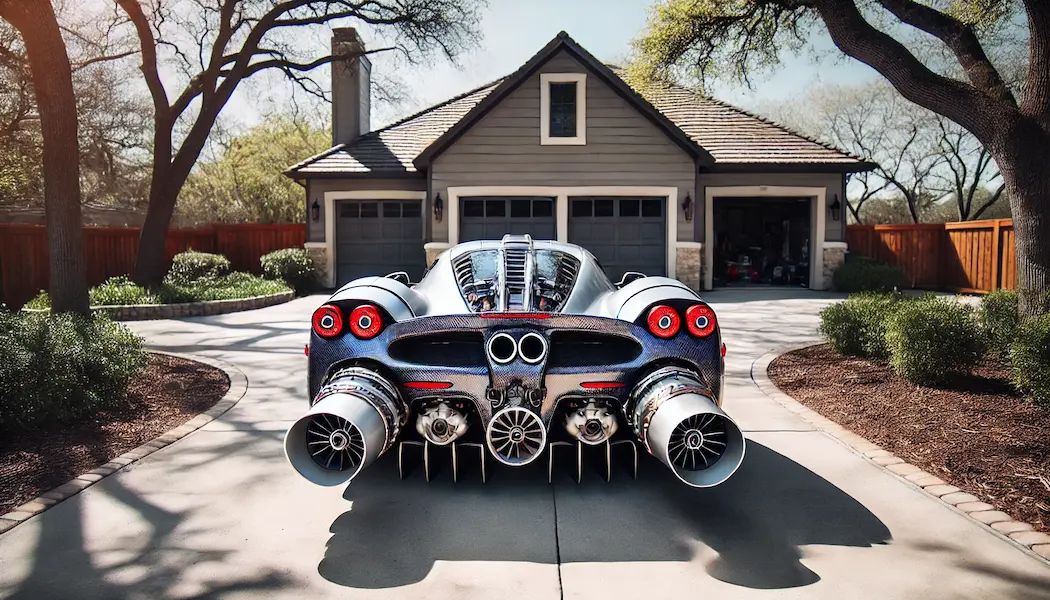
Safety First: Keeping Jet Cars Safe
Safety is a top priority when building and driving jet-powered cars. Here are some key safety features:
Key Safety Features
- Reinforced Cockpits: The driver’s cockpit is reinforced to protect against impacts and debris. This is crucial at the high speeds these cars achieve.
- Control Systems: Advanced control systems help maintain stability and control at high speeds. This includes things like precision steering and braking systems.
Safety Measures
- Regular Inspections: Jet-powered cars undergo regular inspections to ensure all components are in top condition.
- Safety Protocols: Drivers follow strict safety protocols, including wearing protective gear and performing pre-drive checks.
Public Fascination and Media Coverage
Cars with jet engines capture the imagination of people around the world. They are often featured in the media and draw large crowds at events.
Media Coverage
- High-Profile Events: Jet-powered cars often appear at major car shows and speed events, where they attract significant attention.
- Documentaries and Articles: These cars are featured in documentaries and articles that explore their design, performance, and the stories behind them.
Public Reaction
- Excitement and Awe: People are fascinated by the power and speed of jet-powered cars. They draw crowds and generate a lot of excitement wherever they go.
- Educational Interest: These cars also spark interest in engineering and technology, inspiring future generations of engineers and car enthusiasts.
Check also: Cars with a V12 Engine: The Ultimate Guide
Ron Patrick’s Jet-Powered Volkswagen Beetle: More Details
Let’s dive deeper into the details of Ron Patrick’s amazing car:
Detailed Design Elements
- Jet Engine Integration: The jet engine is carefully integrated into the Beetle’s design. The car maintains a stock appearance while hiding the power of the jet engine inside.
- Custom Features: Ron Patrick has added custom features like a special gauge panel to monitor the jet engine’s performance. This panel is designed to match the car’s original style while adding functionality.
Unique Challenges
- Balancing Power and Safety: One of the biggest challenges was balancing the power of the jet engine with the need to keep the car safe and drivable on the streets.
- Precision Engineering: Building this car required precise engineering to ensure everything fit together perfectly and operated smoothly.
Thrust SSC: The Technical Marvel
The Thrust SSC is not just a fast car; it’s a technical marvel. Let’s look at some of the technical aspects that make it so special:
| Feature | Details |
|---|---|
| Engines | Two Rolls-Royce Spey jet engines |
| Thrust | 25,000 pounds of thrust per engine |
| Top Speed | 763 mph |
| Achievement | First car to break the sound barrier on land |
| Design | Streamlined to minimize drag and maximize stability |
Engine Power
- Jet Engines: The Thrust SSC uses two Rolls-Royce Spey jet engines, each capable of producing 25,000 pounds of thrust.
- Supersonic Speed: These engines allowed the Thrust SSC to break the sound barrier, reaching speeds of 763 mph.
Aerodynamics
- Streamlined Design: The car’s design minimizes air resistance, allowing it to reach and maintain high speeds.
- Stability Features: Features like stabilizing fins and a low center of gravity help keep the car stable at supersonic speeds.
Bloodhound LSR: Pushing the Limits
The Bloodhound LSR is set to push the limits of speed even further. Here’s a closer look at what makes this car special:
| Feature | Details |
|---|---|
| Engines | EJ200 jet engine and Nammo hybrid rocket |
| Thrust | 54,000 pounds (combined) |
| Top Speed Goal | 1,000 mph |
| Materials | Carbon fiber, titanium |
| Design | Advanced aerodynamics for stability |
Hybrid Propulsion
- Jet and Rocket Engines: The Bloodhound LSR uses both a jet engine and a rocket engine, combining the best of both technologies to achieve incredible speeds.
- Speed Goals: The goal is to reach speeds over 1,000 mph, setting a new world record.
Advanced Technology
- Material Science: The car uses advanced materials like carbon fiber and titanium to ensure it is strong yet lightweight.
- Precision Engineering: Every aspect of the Bloodhound LSR is designed with precision to handle the extreme conditions of high-speed runs.
Conclusion
Jet-powered cars are a fascinating blend of automotive and aerospace engineering. From Ron Patrick’s unique Volkswagen Beetle to record-breaking vehicles like the Thrust SSC and Bloodhound LSR, these cars push the boundaries of speed and innovation. They capture the imagination of people worldwide and inspire future generations of engineers and car enthusiasts. Whether built for speed records or just for the thrill, cars with jet engines represent the pinnacle of what is possible when creativity meets engineering.
Read also: Cars with Rotary Engine: A Unique Journey in Automotive History

